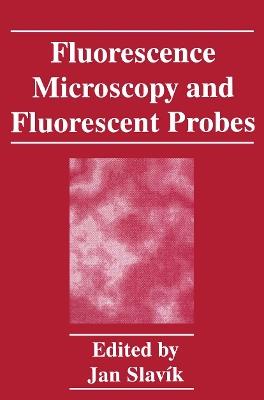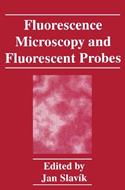Fluorescence Microscopy and Fluorescent Probes
Fluorescence microscopy images can be easily integrated into current video and computer image processing systems. People like visual observation; they like to watch a television or computer screen, and fluorescence techniques are thus becoming more and more popular. Since true in vivo experiments are simple to perform, samples can be directly seen and there is always the possibility of manipulating the samples during the experiments; it is an ideal technique for biology and medicine. Images are obtained by a classical (now called wide-field) fluorescence microscope, a confocal scanning microscope, upright or inverted, with epifluorescence or transmission. Computerized image processing may improve definition, and remove glare and scattered light signal. It also makes it possible to compute ratio images (ratio imaging both in excitation and in emission) or lifetime imaging. Image analysis programs may supply a great deal of additional data of various types, starting with calculations of the number of fluorescent objects, their shapes, brightness, etc. Fluorescence microscopy data may be complemented by classical measurement in the cuvette yr by flow cytometry.
-
Curatore:
-
Editore:
-
Anno:2013
-
Rilegatura:Paperback / softback
Le schede prodotto sono aggiornate in conformità al Regolamento UE 988/2023. Laddove ci fossero taluni dati non disponibili per ragioni indipendenti da Feltrinelli, vi informiamo che stiamo compiendo ogni ragionevole sforzo per inserirli. Vi invitiamo a controllare periodicamente il sito www.lafeltrinelli.it per eventuali novità e aggiornamenti.
Per le vendite di prodotti da terze parti, ciascun venditore si assume la piena e diretta responsabilità per la commercializzazione del prodotto e per la sua conformità al Regolamento UE 988/2023, nonché alle normative nazionali ed europee vigenti.
Per informazioni sulla sicurezza dei prodotti, contattare productsafety@feltrinelli.it



